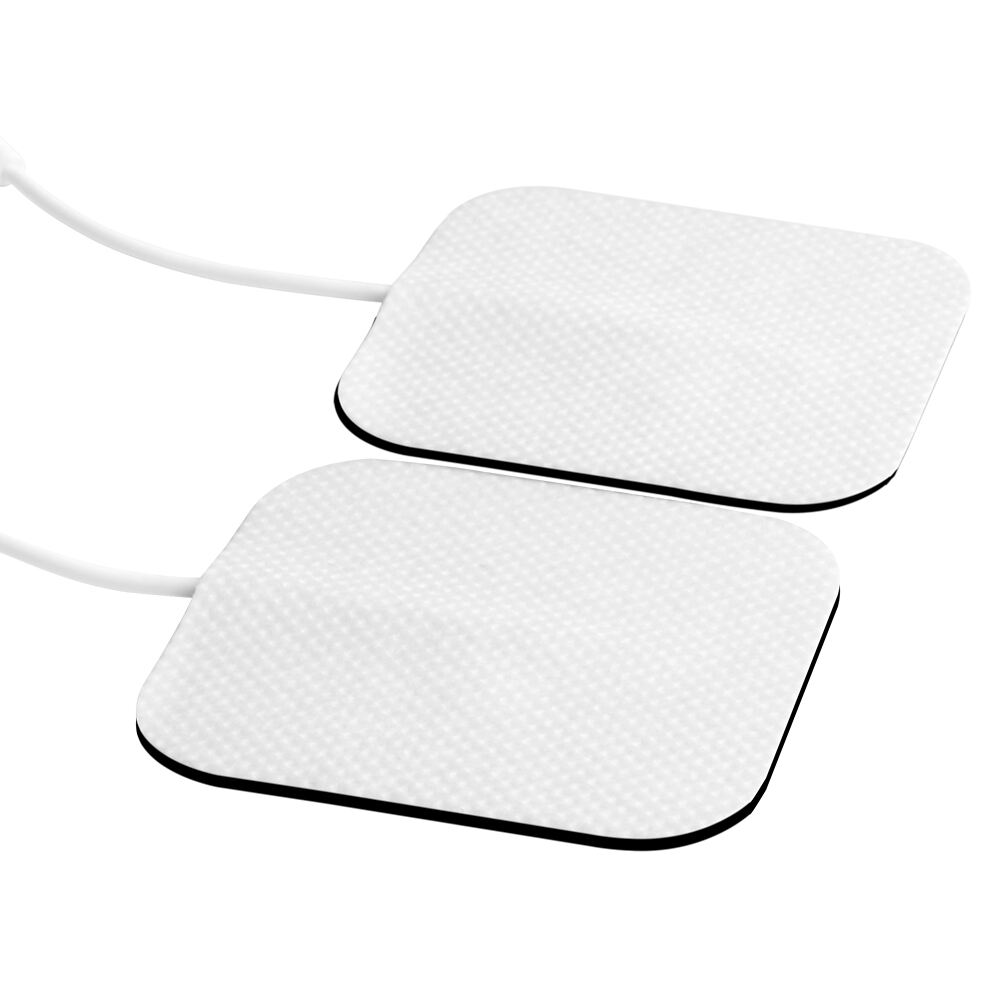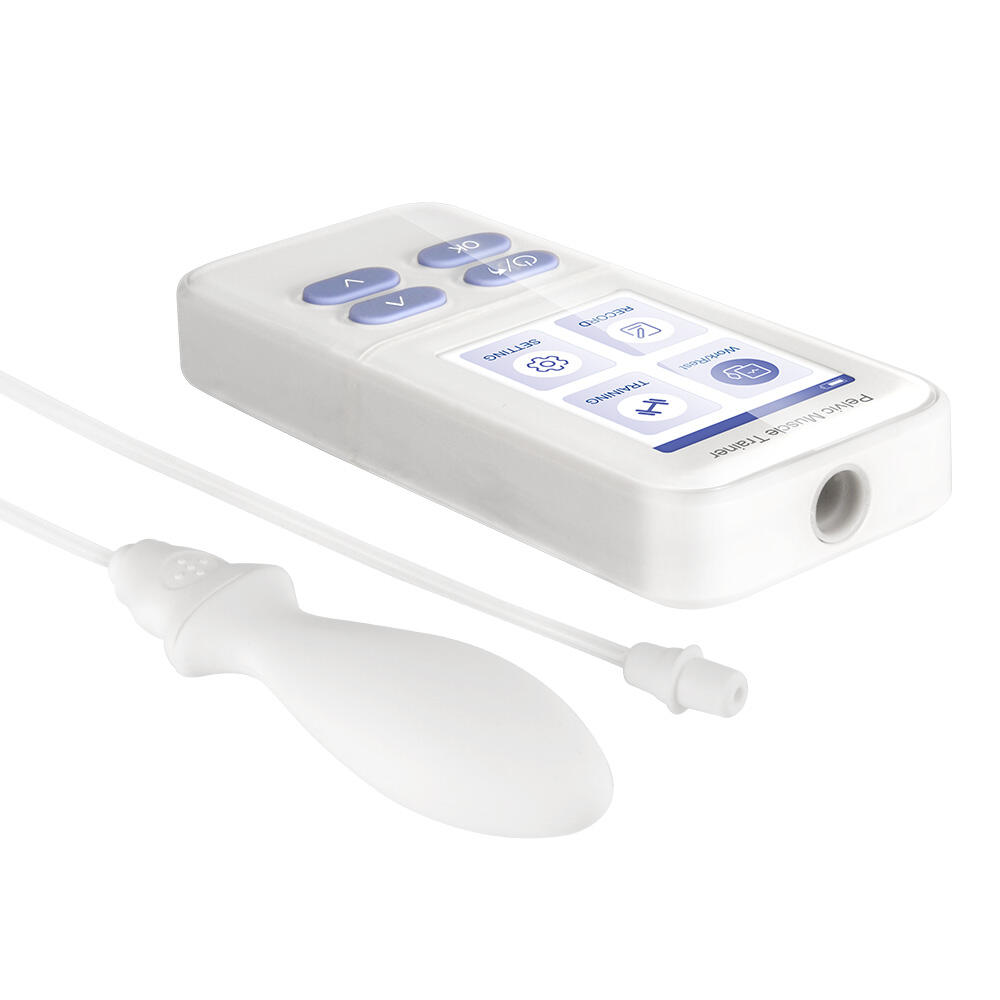treatment for incontinence
Treatment for incontinence encompasses a comprehensive range of therapeutic approaches designed to help individuals regain bladder control and improve their quality of life. Modern treatment methods combine behavioral modifications, physical therapy, medication, and advanced medical technologies. The primary focus is on strengthening pelvic floor muscles through targeted exercises, often supplemented with biofeedback devices that provide real-time monitoring of muscle activity. Technological innovations include electromagnetic stimulation therapy, which uses targeted magnetic fields to activate and strengthen pelvic floor muscles non-invasively. For stress incontinence, specialized devices and minimally invasive surgical procedures offer long-term solutions. Treatment plans are typically customized based on the type and severity of incontinence, incorporating lifestyle modifications such as fluid management and bladder training schedules. Advanced diagnostic tools enable precise assessment of bladder function, allowing healthcare providers to develop targeted intervention strategies. The treatment approach often integrates multiple therapies to address both the physical and psychological aspects of incontinence, ensuring comprehensive care and optimal outcomes for patients seeking relief from this challenging condition.

